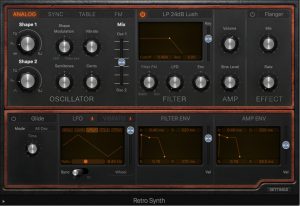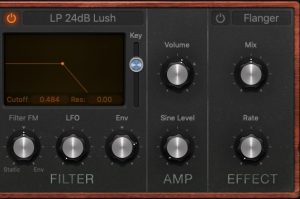I am pretty much where I hoped I’d be at this point for the past couple of weeks. I recorded seven phrases this week. While this may not sound like much, it is pretty good given that it has been a three day work week due to Thanksgiving. These six of the phrases were on the electric cello for middle sections of TriStar, 737, A300, 727, DC-10, and DC-9. This allowed me to complete my electric cello recordings. The one additional phrase was a middle section phrase for DC-10 on an alto Taishogoto.
The Taishogoto, also called the Nagoya Harp, was invented by musician Goro Morita in 1912. The instrument uses a typewriter like mechanism to change the pitch of a series of identically tuned strings, which are typically strummed with a plectrum. Some instruments also feature one or more drone strings, often tuned an octave lower. The instrument I have, manufactured by Suzuki, is an Alto Taishogoto with no drone. This instrument does have four strings, one of which is pitched an octave lower than the rest. Modern Taishogotos, such as the one I have, are usually setup as an electric instrument, featuring a volume and tone knob, as well as a standard 1/4″ audio out. Having the instrument electrified makes it an excellent option for pairing with guitar effects pedals. I however, recorded the instrument dry so I may choose my pick of effects in LogicPro during the mix process.
I do not plan on recording Taishogoto on every movement. After recording some phrases for a variety of movements next week, I plan on moving over to putting together the final mixes starting during the end of next week. Since I shared the new mix of A300, I will reshare the score for the string quartet for those who want to follow along. This movement is in B minor / dorian, with the notes B, C#, D, F# and G# used during the middle section and B, C#, F#, and A# used in the beginning and end sections. I particularly like the end of this excerpt, with the first violin moving down to the dominant (F#), while the second violin settles on the tonic (B), ending on an open fifth.



